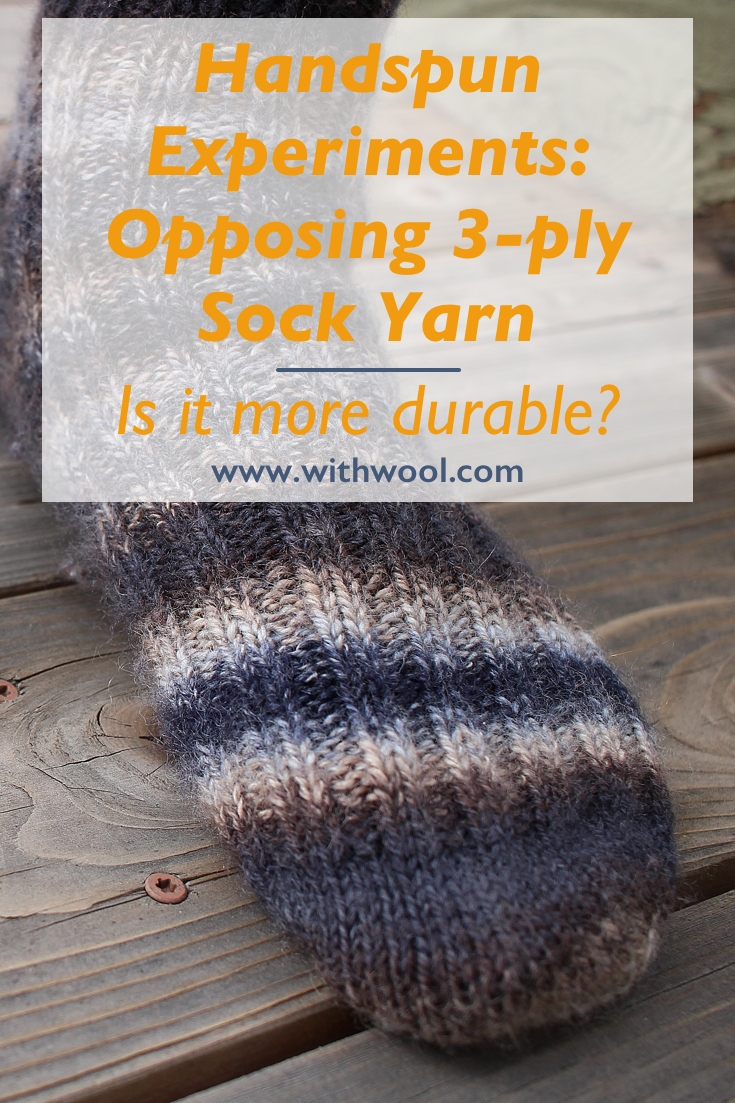Places You Can Knit: Solar Eclipse Edition
/Places you can knit when on a last minute trip to see a solar eclipse:
In a car heading up the interstate in the middle of Wyoming. Bonus points, if you can watch the sunrise while you do it.
Waiting for a table and breakfast at a tiny greasy spoon.
Relaxing in a field with thousands of your closest friends while you count down the minutes to the solar eclipse.
Of course, you can take a random break to photograph the countryside too.
I suppose you could knit during a complete solar eclipse, but why risk missing the event you drove 4 hours to the middle of nowhere to see? And that tiny little speck to the left of the eclipse is Venus.
Totally worth it by the way, even considering the 8+ hour drive it took to get back home.
Stuck waiting in massive traffic jams just to get back on the interstate.
And, finally, at home after a good night’s sleep.
The Bearded One and I took a last minute trip to see the solar eclipse. Seeing the complete totality and standing in the shadow of the moon was an amazing experience that I’m glad we didn’t skip. Traffic be damned.
I was a reasonable knitter and only brought one project, a handspun shawl, (and a book, sketchbook, and games) to get me through 12+ hours of traffic. I’m using a yarn I spun this year during Tour de Fleece that cried out to be a Boneyard Shawl. So a Boneyard shawl it’ll be. I didn’t knit as much as a I expected too because I was tired lump. I did put a few more rows on it today, and it’s been fun working with this yarn. Really makes me want to knit with more of my handspun.
Were you able to see the eclipse too?
















